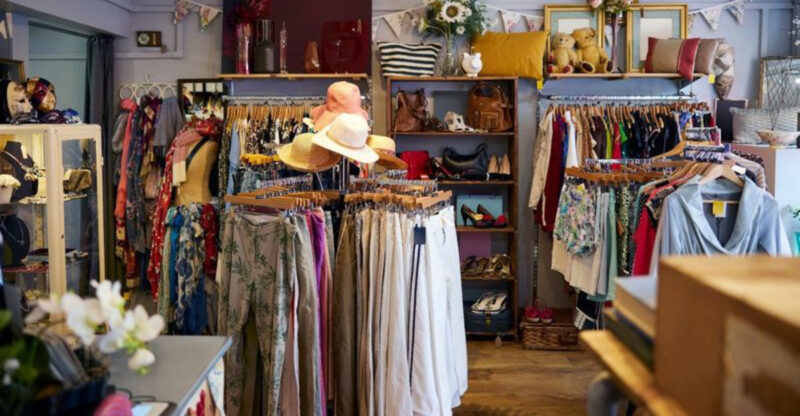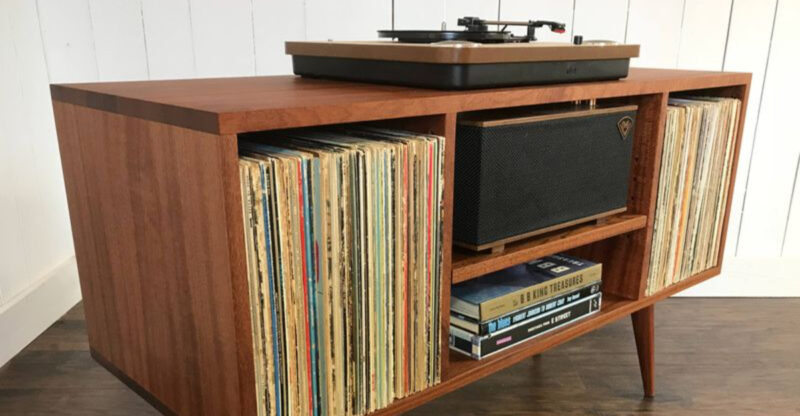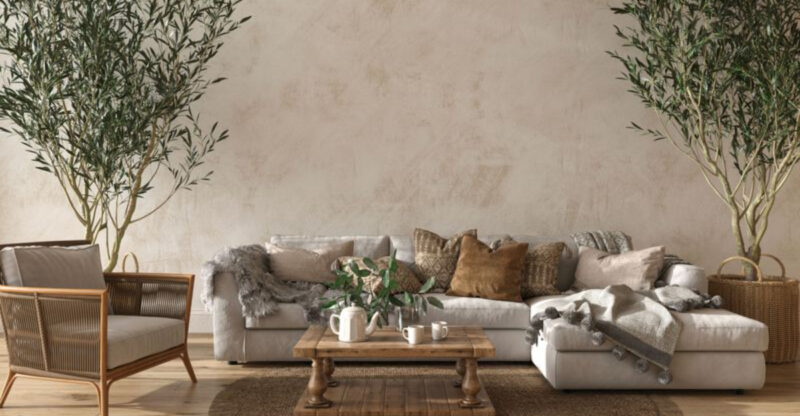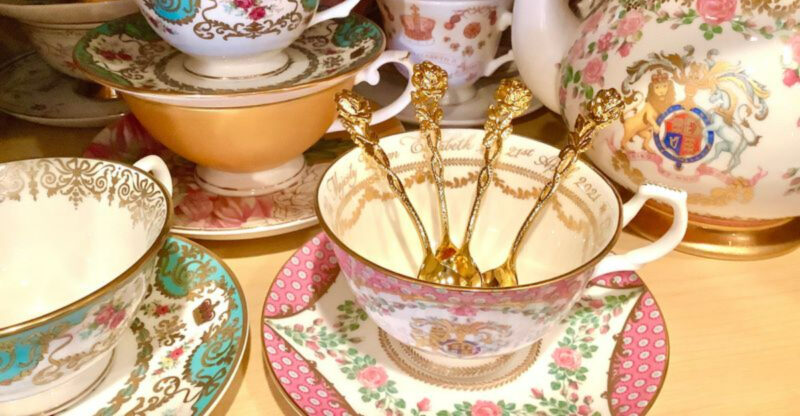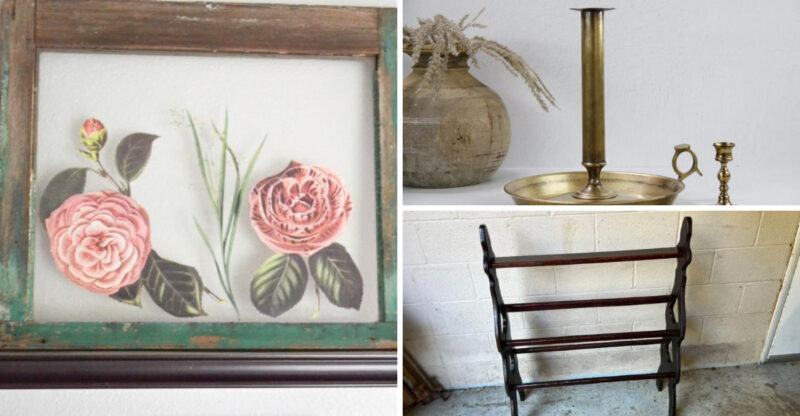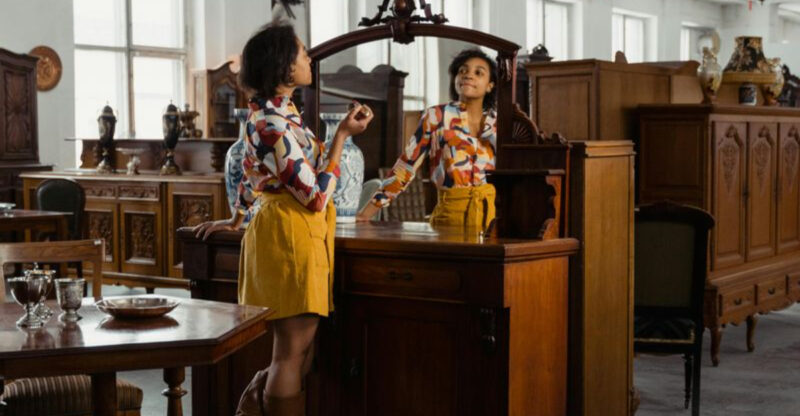12 Georgia Depression Glass Patterns Collectors Love

If you’ve ever wondered why some glassware from the 1920s and 1930s still captivates collectors today, you’re about to find out. Depression glass brings history, beauty, and color into your home through stunning patterns that tell stories of resilience during tough economic times.
I’m excited to share with you the most beloved Georgia depression glass patterns that continue to enchant enthusiasts and collectors across the country.
1. Cameo
Picture a graceful ballerina frozen in glass, surrounded by delicate flowers that seem to dance alongside her. That’s exactly what makes Cameo so mesmerizing to collectors everywhere.
Hocking Glass Company created this treasure between 1930 and 1934, and you’ll usually spot it in a beautiful light green shade. Pink versions are incredibly rare and valuable, making them the holy grail for serious enthusiasts who hunt for unique pieces.
2. Princess
Geometric lines meet royal elegance in this stunning pattern that caught everyone’s attention in the early 1930s. I love how the angular shapes create such a sophisticated look without being too flashy.
Hocking Glass Company knew what they were doing when they introduced this beauty. Amber pieces dominate most collections, but cream soups and cake plates command premium prices at auctions and antique shops nationwide.
3. Madrid
Bold curves inspired by Spanish architecture make Madrid instantly recognizable among Depression glass enthusiasts. Federal Glass Company debuted this showstopper in 1932, and it quickly became a household favorite.
Amber is the most common color you’ll encounter, but blue pieces are absolute treasures. Collectors will pay top dollar for blue Madrid because it’s both stunning and exceptionally scarce in today’s market.
4. American Sweetheart
MacBeth-Evans captured pure romance when they crafted this charming pattern in the early 1930s. Opening flower petals or hearts – depending on how you see them – create a design that melts collectors’ hearts.
Soft pink hues paired with delicate scalloped edges give American Sweetheart its distinctive feminine appeal. I find it perfect for displaying in curio cabinets where sunlight can highlight those gorgeous details everyone adores.
5. Miss America
Clear crystal sparkles like diamonds in this patriotic pattern that Hocking Glass produced from 1935 to 1937. Square shapes give Miss America a modern edge that was ahead of its time.
Butter dishes and covered candy jars are the crown jewels of this collection. You’ll notice how the geometric precision creates stunning light reflections that make each piece look absolutely magnificent on any display shelf.
6. Riviera
Art Deco vibes burst through every piece of Riviera glassware with its bold concentric rings and sharp angular handles. Jeannette Glass Company manufactured this eye-catching pattern from 1932 to 1939.
Available in green, pink, blue, and yellow, Riviera offers collectors variety that few other patterns can match. The distinctive geometric style makes identification easy, even for beginners who are just starting their Depression glass journey today.
7. Patrician
Subtle sophistication defines Patrician, also nicknamed the Spoke pattern for its radiating design from the center. Federal Glass Company produced these refined pieces between 1933 and 1937.
Amber sherbet dishes are particularly sought after by collectors who appreciate understated elegance. The spoke design creates visual interest without overwhelming the eye, making Patrician perfect for those who prefer classic, timeless beauty in their collections.
8. Mayfair
Open roses bloom eternally in this highly coveted pattern from Hocking Glass Company’s 1930s collection. Moderntone Blue colorway drives collectors absolutely wild at estate sales and antique markets.
Cookie jars and covered candy dishes represent the most prized finds in the Mayfair line. I’ve watched bidding wars erupt over pristine blue pieces because their combination of beauty and rarity creates irresistible appeal among serious collectors.
9. Hemingray
From telephone poles to treasure hunts – that’s the fascinating journey of Hemingray glass insulators. Originally designed for telegraph and telephone lines, these functional pieces now shine as decorative collectibles.
Beautiful blue-green glass combined with embossed numbers makes each Hemingray insulator uniquely identifiable. Collectors love displaying them on windowsills where sunlight transforms the aqua tones into something almost magical and mesmerizing.
10. Moongleam
Heisey Glass Company worked pure magic when they created Moongleam’s distinctive green hue in the 1920s and 30s. Light passes through these pieces creating an almost ethereal glow that justifies the dreamy name.
Candlesticks and compotes remain the most desirable Moongleam pieces among collectors today. I’m always amazed by how this particular shade of green can transform ordinary sunlight into something that looks truly enchanting and otherworldly.
11. Georgian
Lovebirds perch sweetly among floral elements in this sentimental pattern that tugs at collectors’ heartstrings. Federal Glass Company produced Georgian between 1931 and 1936, capturing romance in every piece.
The delicate bird motif makes Georgian instantly recognizable and deeply cherished among enthusiasts. You’ll find this pattern tells a story of love and nature that resonated during difficult times and continues captivating collectors today.
12. Sharon
Cabbage roses bloom abundantly across Sharon’s surface, creating one of Depression glass’s most recognizable floral patterns. Federal Glass Company knew collectors would fall head over heels for this romantic design.
Pink and amber versions dominate the market, each offering distinct appeal to different collector preferences. The intricate rose and leaf details showcase the craftsmanship that made Depression glass such an enduring treasure throughout generations of enthusiasts worldwide.

